
The beginning of March’s Women’s History Month observance offers a chance to look back at how much has changed — and what hasn’t — in the lives of women around the world. And when it comes to finding a visual representation of that change, popular posters can provide a unique window, argues Richard Davies, head of content for the online collectibles marketplace AbeBooks.com.
“Posters mirror society,” he says. “Poster styles change when society changes.” With their mix of art and propaganda, they reflect the society for which they are produced. After all, if they’re going to get a message across, they have to speak the language of their audience.
But, when Davies was inspired by the global conversation about the representation of women in media, he was surprised by what he found about what the history of posters said. Davies had expected that after J. Howard Miller’s famous 1942 “We Can Do It” poster, there would be a wave of depictions of strong women, but in reality that was not the case — in fact, he had to comb through more than 2,000 posters to find the ones he chose for the site’s collection on the topic. “It was actually really difficult to find depictions of women in positions of power or just showing strength,” he says.
Although there were certainly exceptions to the rule — the famous French posters of the Belle Epoque, for example, included bicycle advertisements depicting active women — in general, images of female strength arrived in the world of posters later than he expected. The depiction of women in American posters of the early 20th century, for example, mirrors a larger society shift. When the roles available to women expanded during World War II, posters encouraged them to contribute outside of the home and used images of women doing just that.
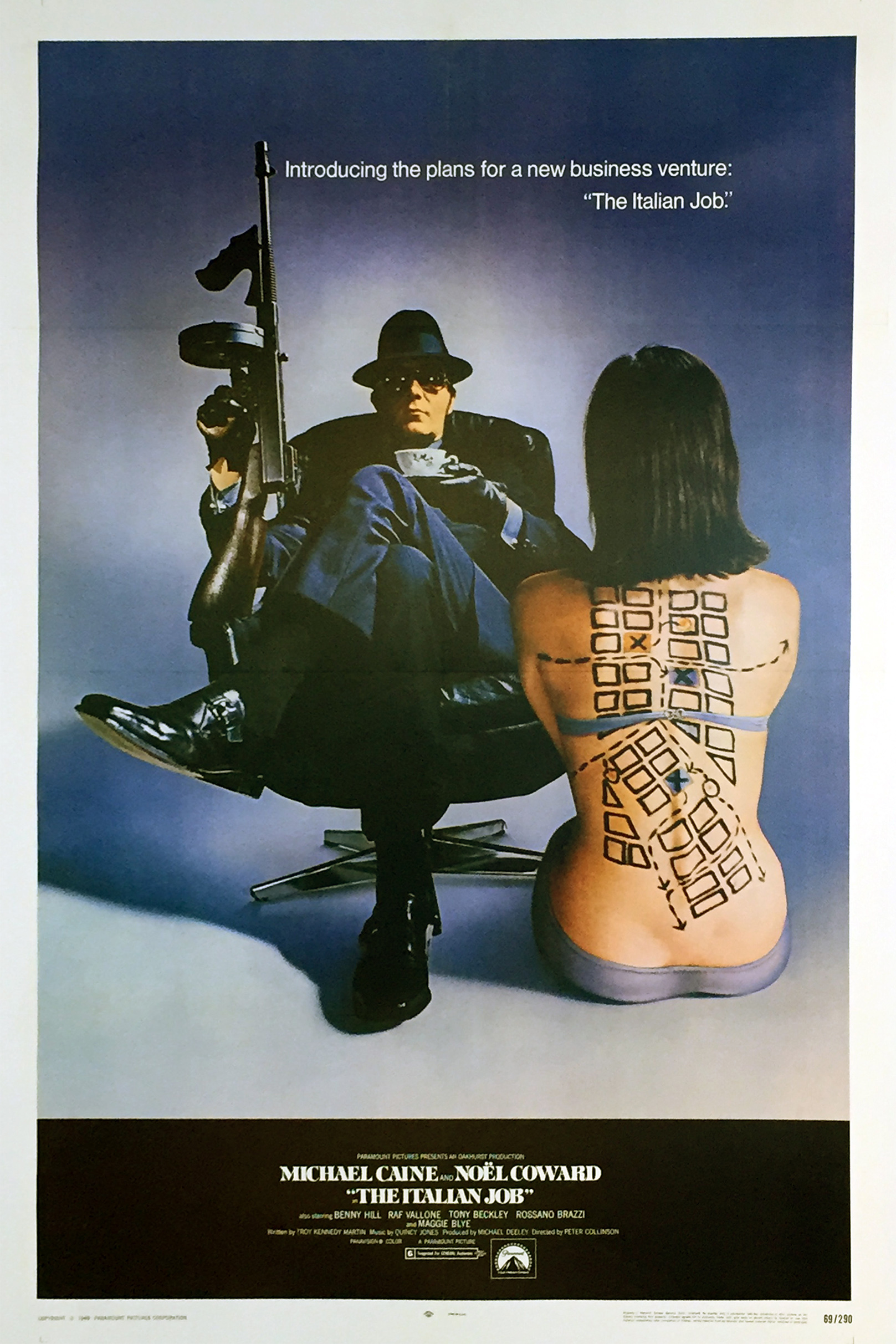
But after the war, as society’s view of women contracted yet again, posters began to again focus on domestic and sexual roles for women. And even when a woman was depicted in uniform or at work, her beauty was still emphasized — a trend that, of course, never fully disappeared. “The biggest offender is Hollywood, far and away,” Davies says. “They’re damsels in distress or sexpots.”
By the 1970s, however, things had changed again, and though Hollywood and other businesses still use sex to sell movies even today, other posters, particularly for political causes, put women front and center for their spirit and ideology, not their look. Women’s liberation, in the words of one such poster, was coming — for the world and for posters, too.

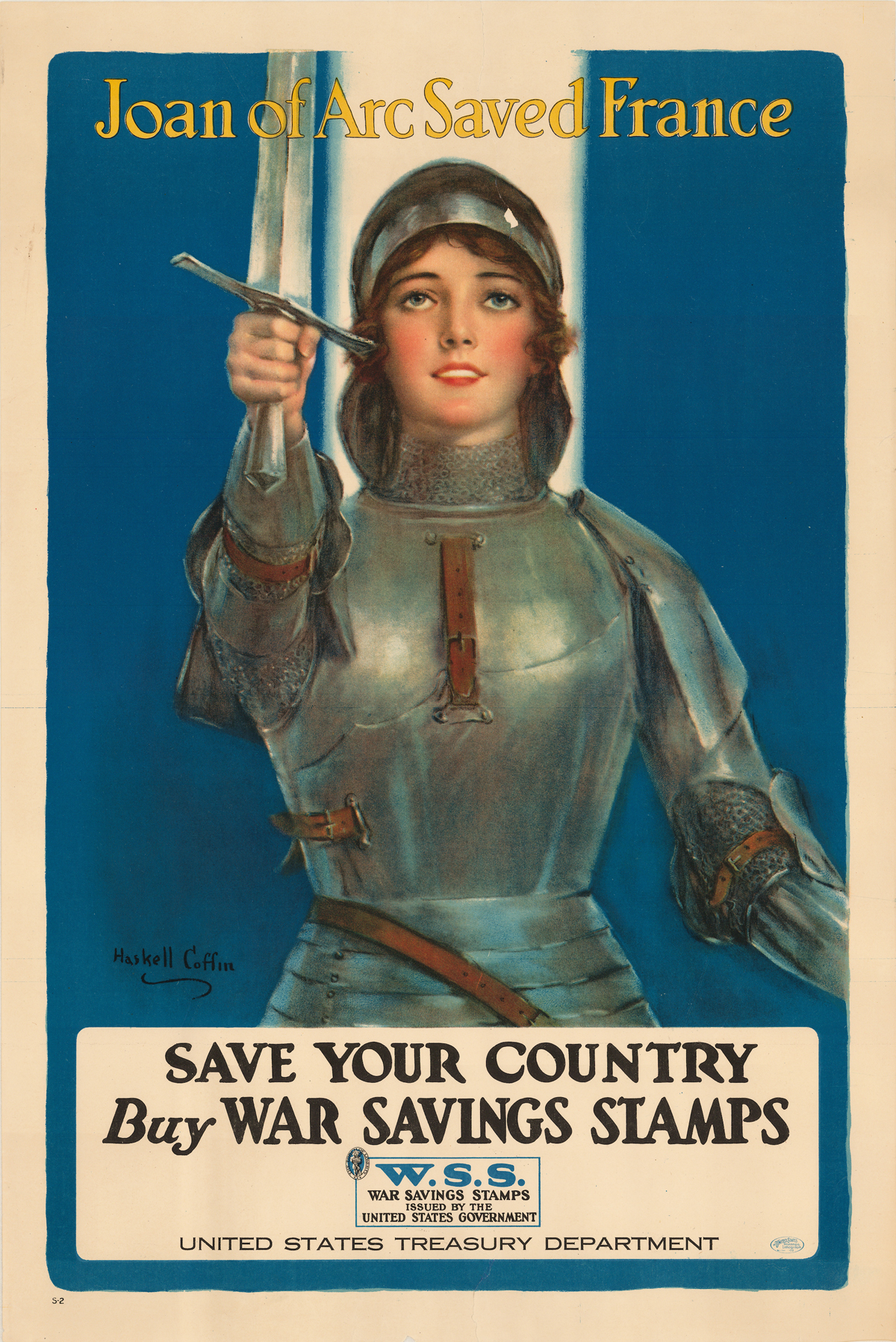
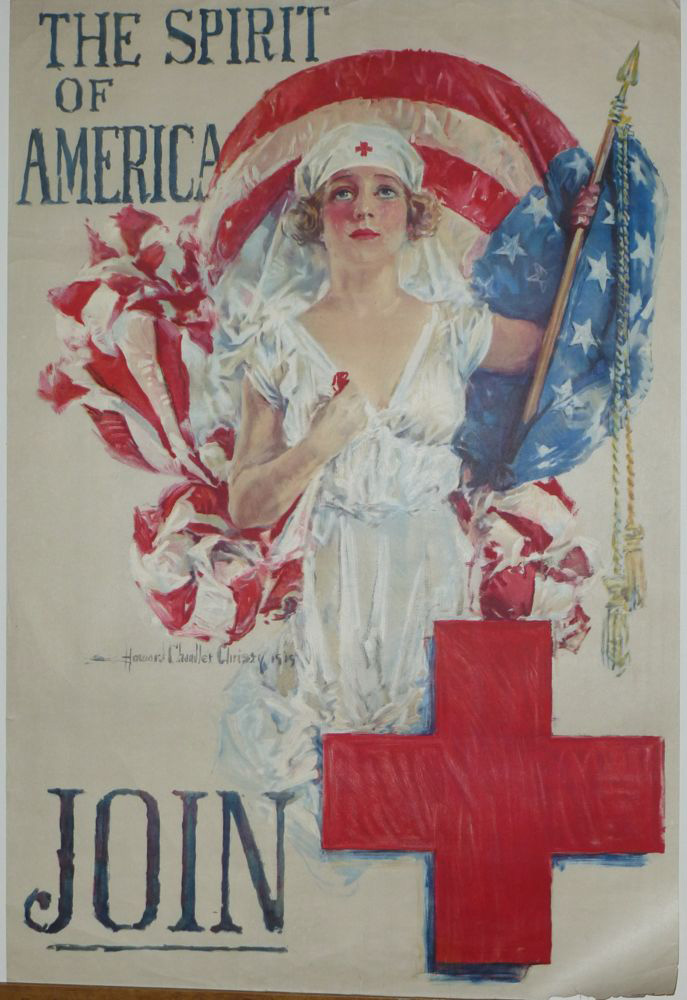
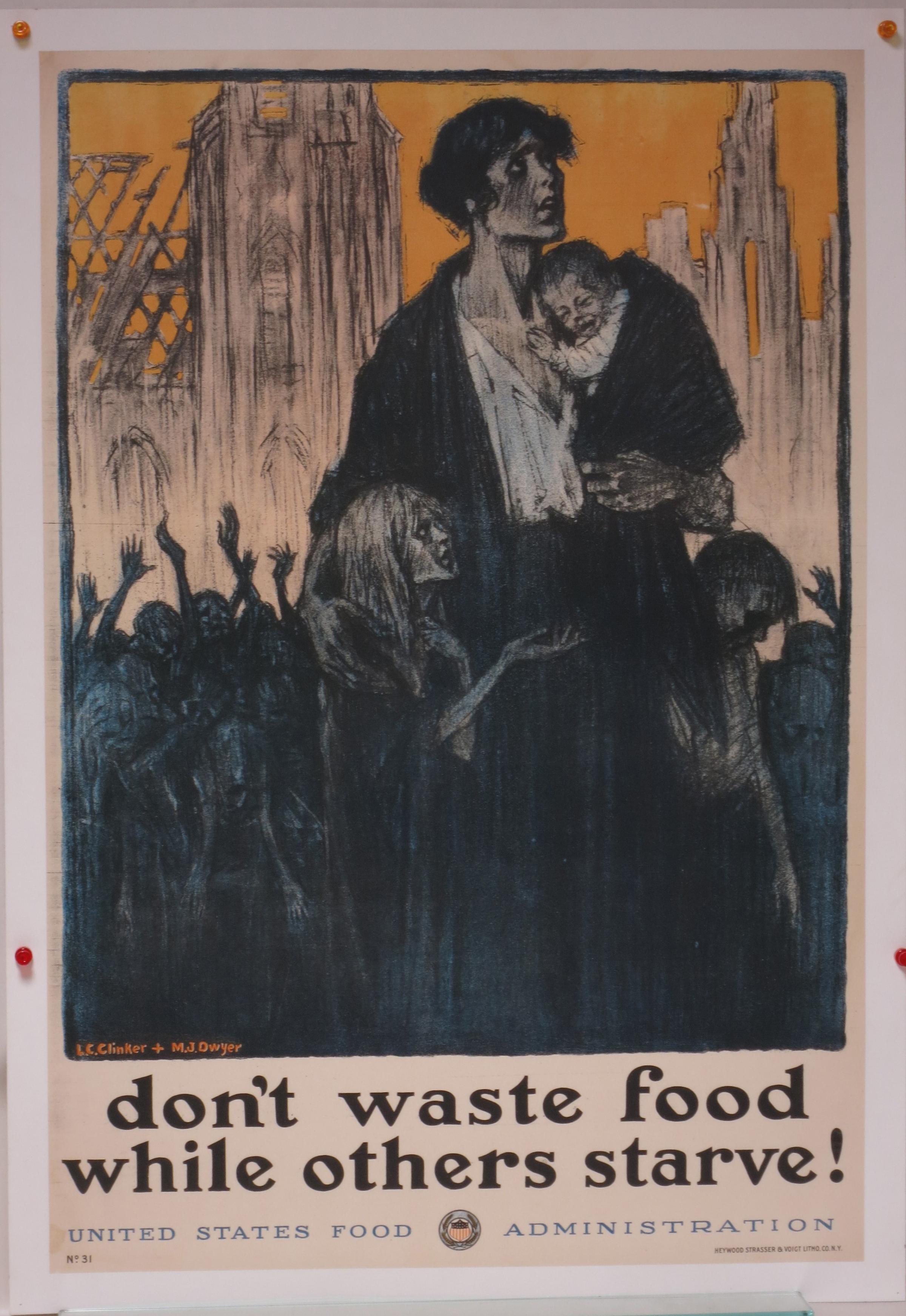
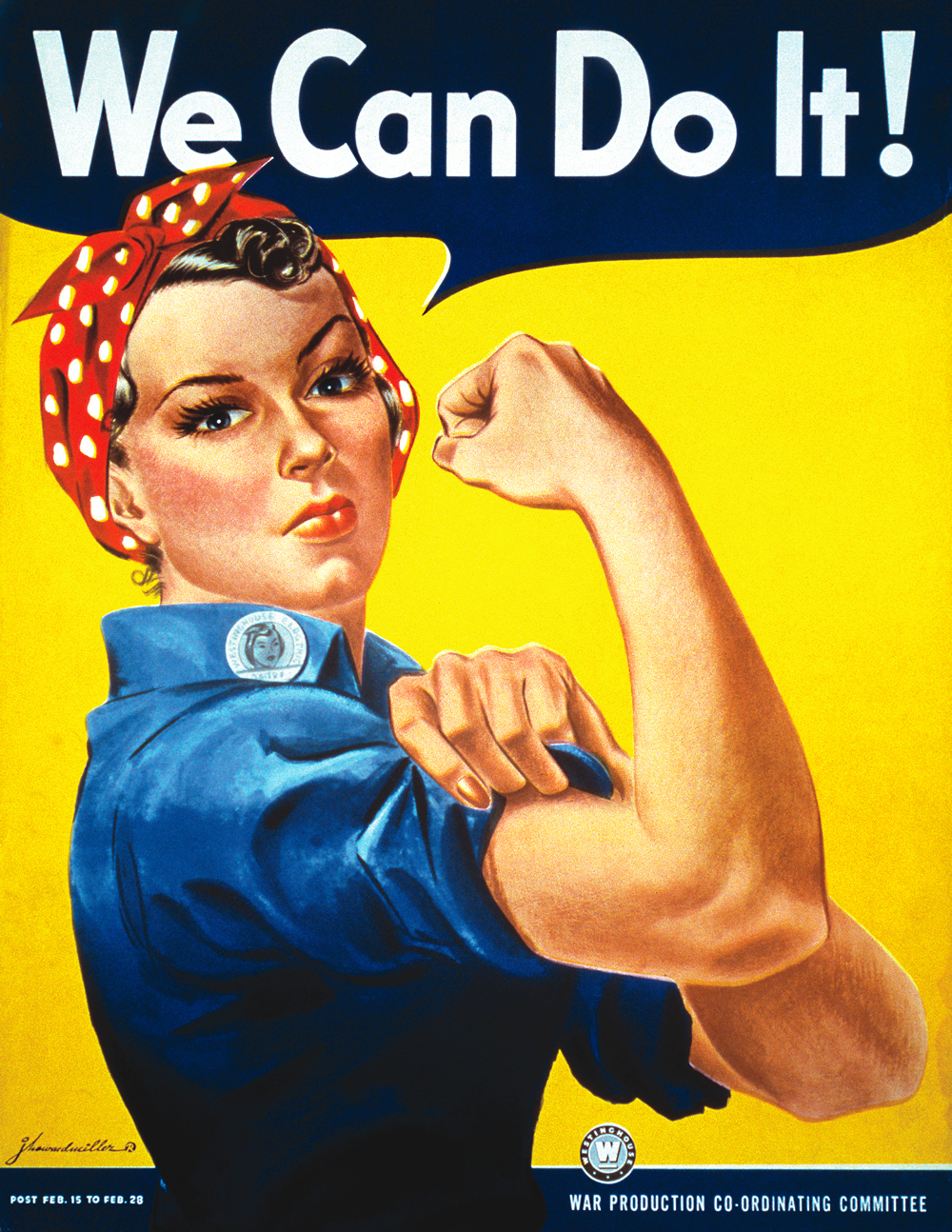

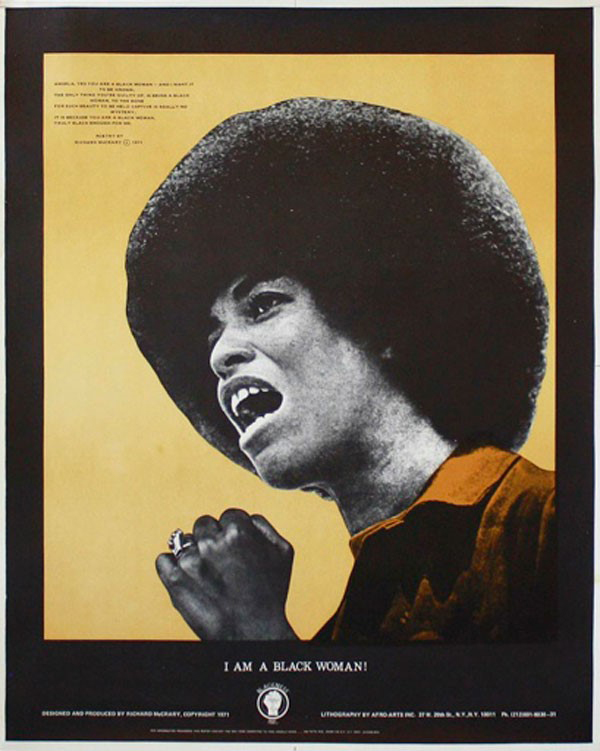
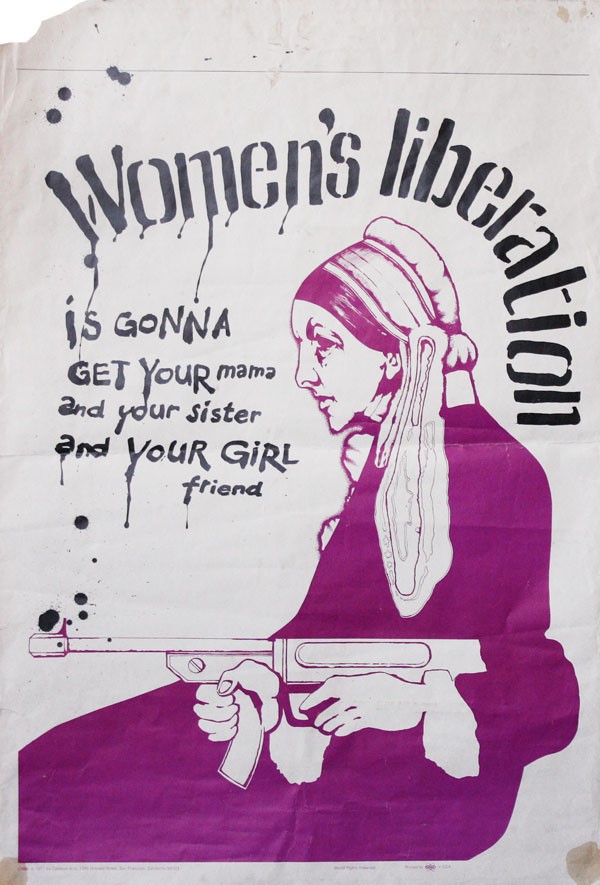
More Must-Reads from TIME
- Cybersecurity Experts Are Sounding the Alarm on DOGE
- Meet the 2025 Women of the Year
- The Harsh Truth About Disability Inclusion
- Why Do More Young Adults Have Cancer?
- Colman Domingo Leads With Radical Love
- How to Get Better at Doing Things Alone
- Michelle Zauner Stares Down the Darkness
Write to Lily Rothman at lily.rothman@time.com